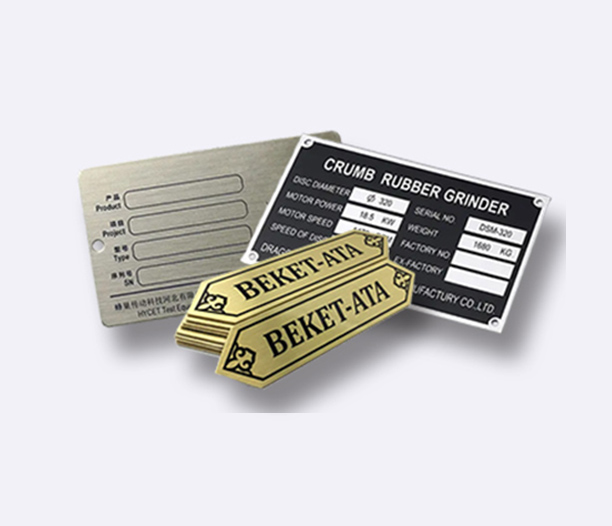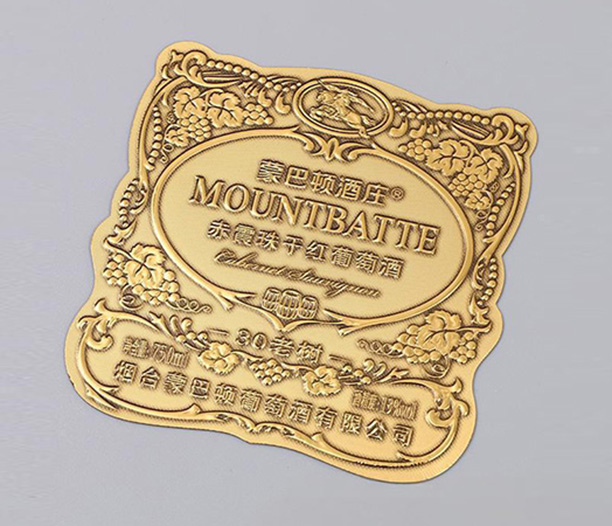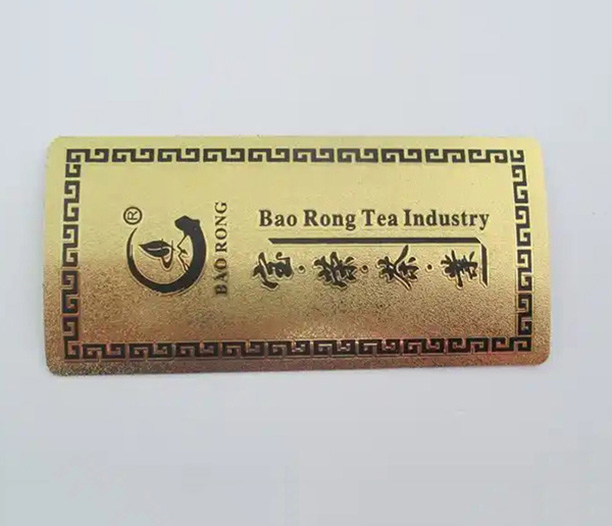In a world where first impressions matter and professional identity is paramount, the humble name tag plays an outsized role. Personalized metal name tags are more than just simple identifiers; they are a statement of quality, durability, and professionalism. From hotel concierges and retail managers to conference attendees and corporate executives, these durable emblems serve as a key touchpoint for interaction and brand representation.
Unlike their plastic or paper counterparts, personalized metal name tags convey a sense of permanence, value, and attention to detail. However, not all metal tags are created equal. The process of selecting, designing, and ordering the right one involves several critical decisions. This comprehensive guide will walk you through the five essential factors to consider when choosing personalized metal name tags, explore their vast applications, and highlight common pitfalls to avoid, ensuring you make an informed investment for your team or organization.
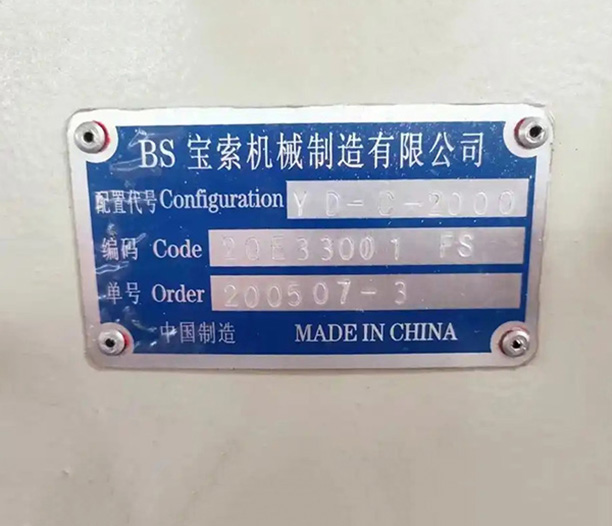
What Are Personalized Metal Name Tags?
Personalized metal name tags are durable, custom-made identification badges crafted from metals such as aluminum, stainless steel, brass, or zinc. They are typically engraved, etched, stamped, or filled with colored enamel to display an individual's name, title, company logo, and other relevant information.
The core purpose of these name tags is to:
Identify: Clearly display an individual’s name and role to customers, clients, and colleagues.
Brand: Reinforce company identity through logos, colors, and fonts.
Impress: Project an image of quality, professionalism, and trustworthiness.
Durability: Offer a long-lasting identification solution that can withstand daily wear and tear.
They are a fundamental tool in industries where customer interaction is key, effectively bridging the gap between a faceless organization and a personable, accountable individual.
Types of Metals and Materials Used
The choice of metal is the first and most significant decision, as it dictates the tag's appearance, weight, cost, and longevity. Here are the most common materials used for personalized metal name tags:
Aluminum: The most popular choice due to its excellent balance of affordability, light weight, and durability. Aluminum name tags are lightweight and comfortable for all-day wear, resistant to corrosion, and can be easily anodized or painted in a wide array of colors. They are ideal for everyday corporate, retail, and hospitality use.
Stainless Steel: Known for its exceptional strength and superior resistance to corrosion, rust, and extreme temperatures. Stainless steel name tags have a distinctive, modern silver sheen and are often used in industrial, medical, laboratory, and food service environments where they may be exposed to moisture, chemicals, or frequent sterilization. They are heavier and typically more expensive than aluminum.
Brass: Prized for its classic, elegant, and traditional appearance. Brass has a distinctive warm gold tone that lends a touch of sophistication and prestige. It is often used for high-end hospitality, executive name tags, and organizations wanting a timeless look. Brass can be lacquered to prevent tarnishing, though it may require polishing over time to maintain its luster.
Zinc Alloy (Zamak): This material is known for its versatility in casting, allowing for intricate, dimensional designs and shapes that are not possible with other metals. Zinc alloy name tags can be plated with various finishes, such as antique bronze, nickel, or gold, to achieve a specific look. They are durable and offer a unique, custom feel.
Design and Customization Options
The true value of personalized metal name tags lies in their ability to be fully customized. A well-designed name tag is a miniature billboard for your brand.
Engraving: The most common and durable method. Laser engraving burns information into the metal surface, creating a permanent, crisp mark. Deep engraving ensures legibility for years to come. Engraved text is typically left as the raw metal color but can be filled with enamel paint for higher contrast.
Etching: A process that uses acid or a laser to cut into the unprotected parts of a metal surface. It creates a smooth, precise finish and is excellent for detailed graphics and logos.
Color Filling (Enamel): After engraving or stamping, the recessed areas can be filled with colored epoxy or enamel. This process, often called "hard enamel" or "soft enamel," creates a vibrant, colorful, and smooth finish that makes the text and logo pop against the metal background.
Shape and Size: Name tags are no longer limited to simple rectangles. Ovals, circles, rounded rectangles, shields, and custom die-cut shapes are all possible, allowing for unique brand expression.
Attachment Methods: How the name tag is worn is a crucial comfort and practicality consideration.
Pin Backs: A sharp pin and clutch are the most common attachment method, suitable for fabrics.
Magnetic Backs: A popular and safe alternative to pins, eliminating the risk of holes in clothing or puncture hazards. Ideal for healthcare workers or those wearing delicate fabrics.
Swivel Clip Backs: Allows the tag to be attached to a pocket, lapel, or lanyard.
Lanyard Clips: The name tag is designed to be hung from a lanyard around the neck.
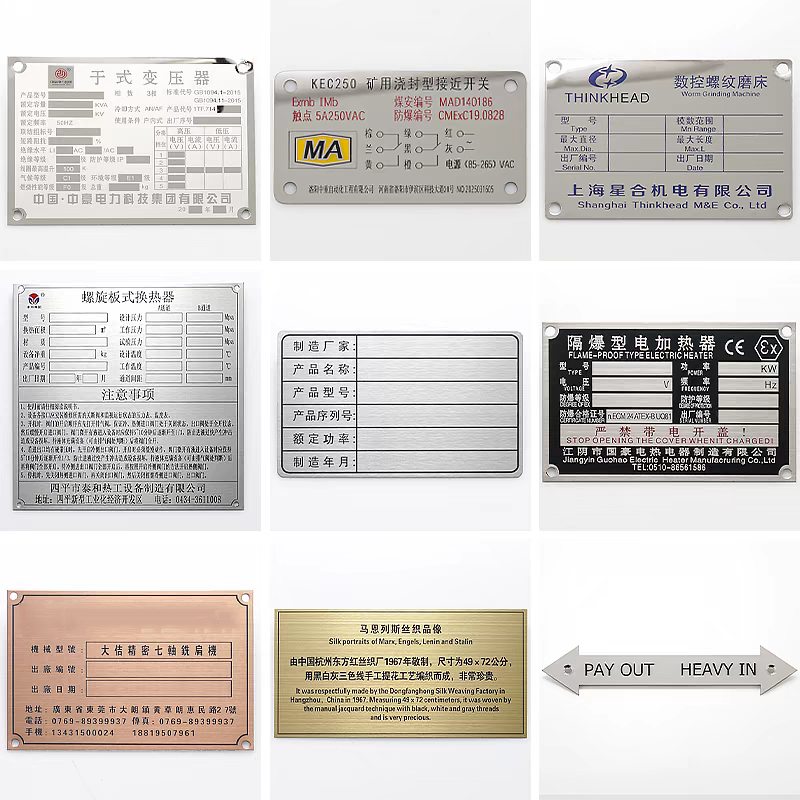
Common Applications and Industries
Personalized metal name tags are ubiquitous across a wide range of sectors. Their durability and professional appearance make them the preferred choice for:
Corporate & Retail: Employees in banks, stores, and offices wear them to foster a friendly, approachable environment and strengthen brand identity.
Hospitality: Hotel staff, event planners, and restaurant personnel use them to enhance guest experience and provide clear identification.
Healthcare: Doctors, nurses, and technicians wear them to build patient trust and comply with identification protocols. Stainless steel is favored here for its ability to withstand constant cleaning and sterilization.
Government & Military: Where formal identification and strict durability standards (like MIL-STD-130) are required.
Conferences & Events: For identifying speakers, sponsors, and attendees with a high-quality, keepsake-grade badge.
Industrial & Manufacturing: For safety identification and asset tracking in harsh environments.
The Ordering and Personalization Process
Understanding the typical workflow can help ensure a smooth experience and a perfect final product.
Gather Information: Compile a list of all names, titles, and/or employee numbers. Consistency in formatting is key (e.g., "John Smith," "J. Smith," "John S.").
Choose a Design: Select the metal, finish, size, shape, and font. Most suppliers offer online design tools to visualize the final product.
Proofing: This is the most critical step. Carefully review a digital proof for any spelling errors, incorrect punctuation, or layout issues. Always get a sign-off from a second pair of eyes.
Production: The supplier will fabricate the tags using the chosen method (engraving, etching, etc.).
Delivery: Lead times can vary from a few days to several weeks depending on the complexity and quantity of the order.
Common Problems and How to Avoid Them
Even a small mistake can render a batch of name tags useless. Here are the most frequent issues and how to prevent them.
Spelling and Grammatical Errors:
Problem: The most common and costly error. A misspelled name or title looks unprofessional and requires a reorder.
Solution: Implement a rigorous double-checking process. Have the individual employee verify their own information if possible. Use spellcheck and ensure the person approving the final proof is detail-oriented.
Poor Legibility and Design Clutter:
Problem: Using fonts that are too small, stylized, or condensed. Overcrowding the tag with too much information (e.g., full name, long title, large logo, company slogan).
Solution: Prioritize clarity. Stick to clear, sans-serif fonts. Limit information to essentials: first name (or first and last), and a short title. Ensure a strong contrast between the text and the background (e.g., black enamel on a polished silver metal).
Choosing the Wrong Metal or Attachment:
Problem: Selecting a metal that tarnishes easily in a humid environment or a pin back that damages delicate uniforms.
Solution: Consider the work environment. For wet or chemical-heavy settings, choose stainless steel. For executive suits, consider a magnetic back to prevent holes. For safety in industrial settings, a breakaway magnetic back or lanyard might be required.
Low-Quality Enamel Fill or Finishing:
Problem: Color filling that chips, fades, or peels away over time. A finish that scratches easily or lacks luster.
Solution: Work with a reputable supplier known for quality craftsmanship. Inquire about their enamel process and the durability of their finishes. A hard enamel filling is generally more durable than a soft enamel.
Inconsistent Sizing or Styling Across Batches:
Problem: Ordering new tags months later only to find they are a slightly different size, color, or font style, making the team look mismatched.
Solution: Keep a detailed record of the exact specifications of your order: metal type, finish, Pantone color codes (for enamel), font name and size, and overall dimensions. Provide this exact spec sheet for any future reorders.
Personalized metal name tags are a small investment that delivers a significant return in professionalism, brand cohesion, and employee identity. They are a tangible symbol that an organization values quality and attention to detail—both in its products and its people.
By carefully considering the five key factors—material, design, application, process, and potential pitfalls—you can confidently navigate the selection process. Choosing the right supplier is just as important as choosing the right design; a partner with a reputation for quality and customer service will guide you through these decisions and ensure your personalized metal name tags become a lasting asset to your organization. Don't settle for a flimsy identity; choose a name tag that is as durable and professional as the person wearing it.



